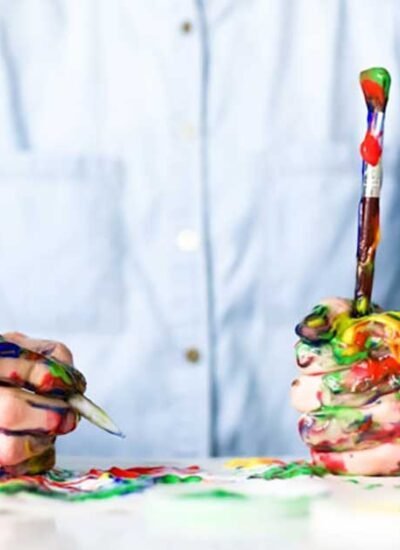Artists know that the right paint can improve their creations. Distinct kinds of paint bring a different energy and look to art. When you play with oils, acrylics, watercolors, gouache, or even spray paint, fresh styles and ways to express yourself pop up. Everyone has a unique look and feel. While oil paints are great for deep images, acrylics dry quickly for a vivid splash of color. Watercolors have this lovely soft charm, while gouache offers a more powerful color. Then, there’s spray paint that works wonders for street art and quick projects. Check out these various paints, and watch your art journey get more exciting.
Oil Paint: A Classic Choice for Timeless Creations
Oil paint has been a go-to for countless artists over the years. Its rich colors and long drying time make it superb for blending. This allows you to change your artwork gradually at ease. Working on detailed or layered pieces? Then, oil paint is your best buddy. It gives depth and warmth to colors like no other.
Renowned artists like Rembrandt and Van Gogh swore by it. Even today, oil paint holds its ground in the art world. From classic to modern works, oil paint fits all styles. Fancy a durable choice that lets your creativity soar? Oil paints might just be your perfect match.
Acrylic Paint: Versatile and Quick-Drying
Acrylic paint wins hearts for its flexibility and speedy drying time. This water-based paint is simple to use, and once dry, it turns water-resistant. This uniqueness makes acrylics perfect for layering. Whatever your style, be it abstract or realism, acrylic provides a diverse range of colors and finishes. Early artwork? No problem; simply work with the colors since they dry quickly! Yet, if you wish more time to mix, adding an acrylic retardant solves your problem.
Easy to clean with water and safe to use make acrylics a hit among beginners and seasoned artists alike. For versatility in varying techniques, acrylic paints emerge as superior favorites! Pearl paint is a shimmering acrylic option that gives your artwork a brilliant touch, enhancing it. Acrylic’s quick-drying and water-resistant qualities make it ideal for any creative technique, whether layer for depth or mix for a gentle glow!
Watercolor Paint: Subtle and Dreamy Effects
Watercolor paints offer lovely subtle tones and soft blends that capture the imagination. These transparent paints invite you to explore gentle washes and dreamy landscapes as they dance on wet paper. When working with watercolors, however, you must tread lightly; the corrections are hard to make after the color is absorbed into the paper.
If you adore charmingly ethereal artwork, this could be just your cup of tea! Lovers of impressionistic or airy styles hold watercolors near their hearts. With every droplet of color meeting water, delightful surprises await; these romantic adventures at heart bring life to dreamy visions like no other.
Gouache Paint: Opaque and Vibrant
Gouache paint stands out with its boldness and opacity. Its soft texture and fast drying time comfort lovers of rich, vibrant shades. Just like watercolors, gouache loves to play with water; adding it changes the game by softening the hues or making them more transparent – but here’s the twist: it’s way more vivid!
So, if you’re after a comfort zone where splendidly opaque results meet easy cover-ups, this could be your dream match. Be it striking illustrations or fun, playful designs—gouache never shies away from serving myriad artistic needs. Its balance of clarity and opacity makes it an artist’s darling without a doubt!
Spray Paint: For Edgy and Urban Artwork
Spray paint shines when creating cool street art or fast projects. Its handy can make covering big areas or forming unique designs a breeze. Though fun to use, it requires caution since this colorful escape needs a well-ventilated zone or safe space to use properly. Thanks to its quick-drying nature, one can layer colors swiftly for intriguing effects.
Be it refined graphics or free-form creations, the versatility of spray paint knows no bounds. Originating from street art culture, it has found acceptance in mainstream art forms, too! For a playful touch that gives freedom in application, look no further than spray paint—it simply delivers!
Conclusion
Selecting the correct paint may totally change your artistic expression. Whether your preferred medium is the rich depth of oil paintings, the versatility of acrylics, the gentle elegance of watercolors, the bold brightness of gouache, or the urban edge of spray paint, every medium adds special energy to your work. Exploring many kinds of paints lets you access fresh approaches, styles, and creative possibilities. So don’t hesitate to experiment—mix, layer, and find which paints best express your idea. Your creative path is yours to mold; the right color may change everything!





Leave a Reply